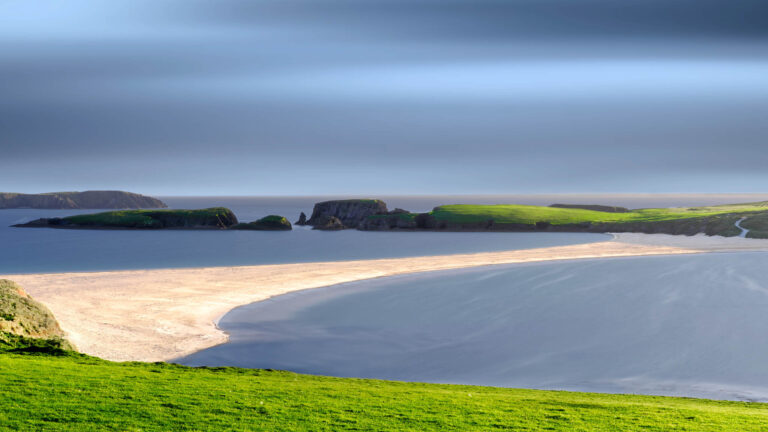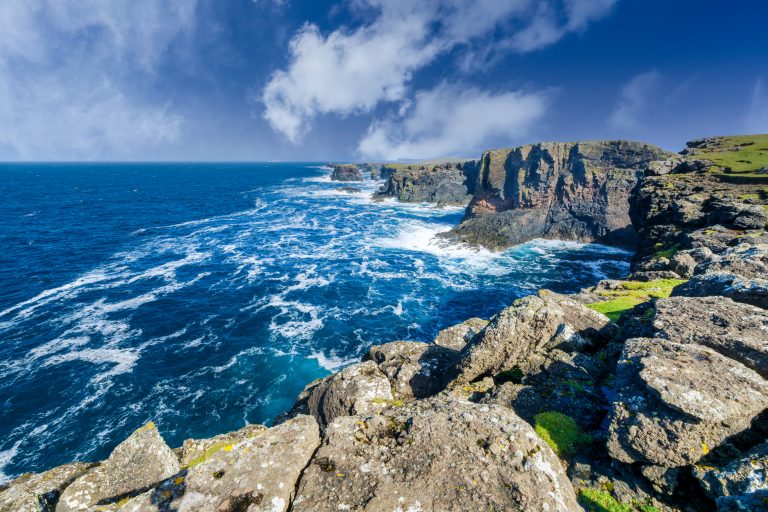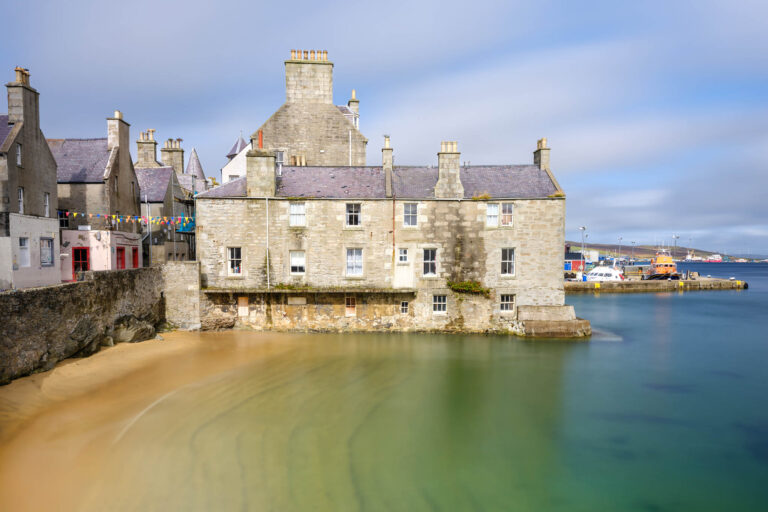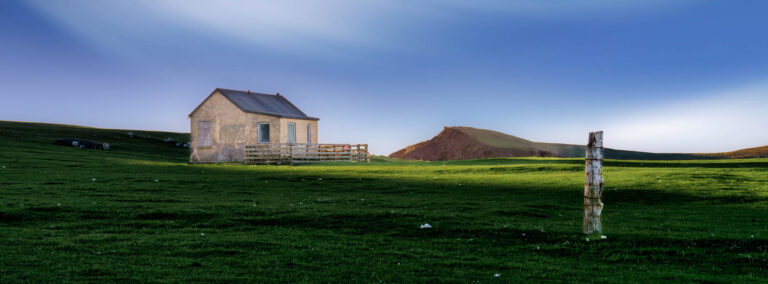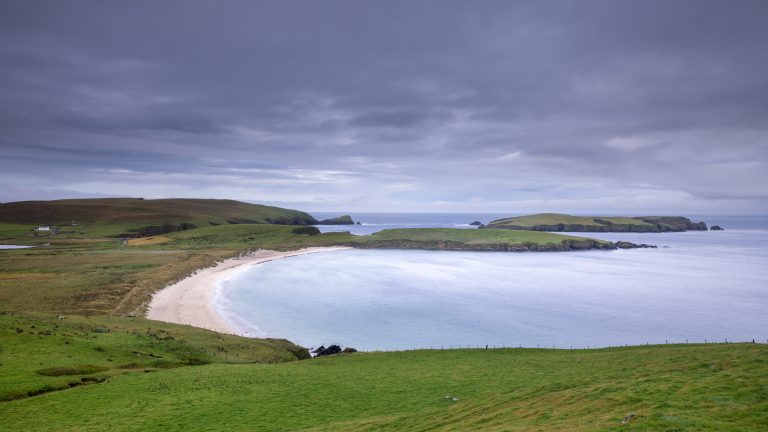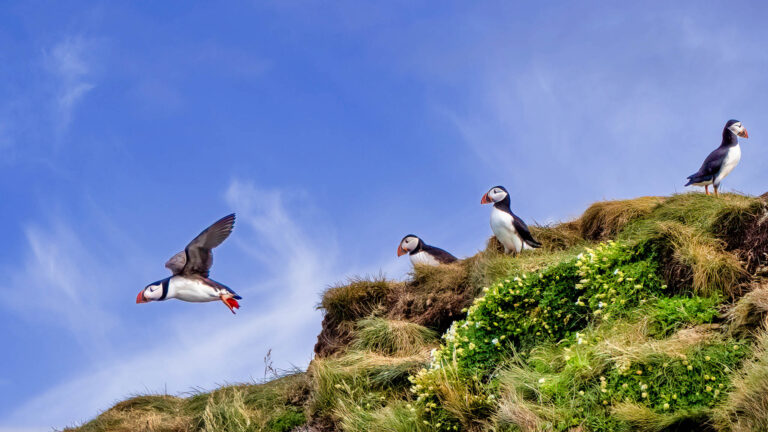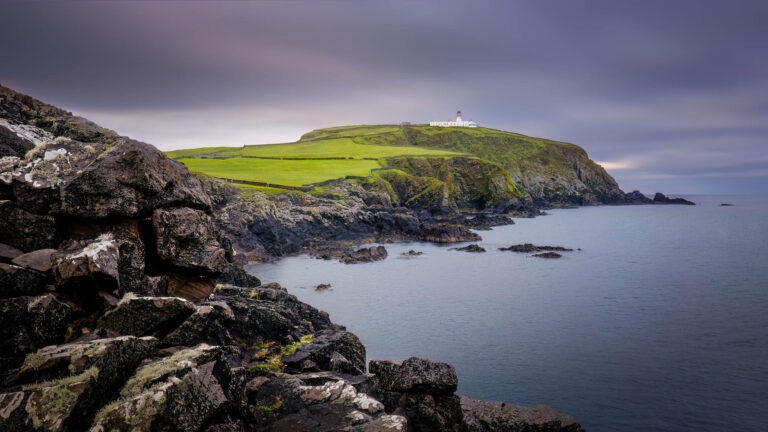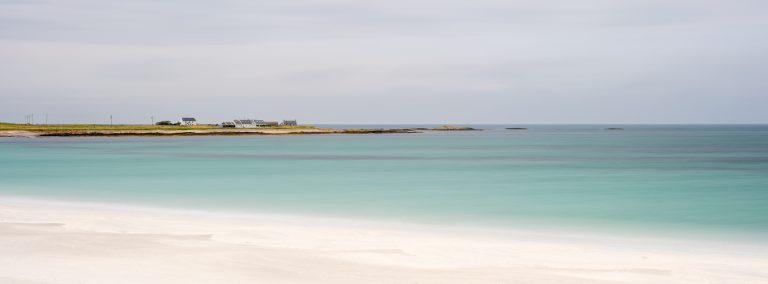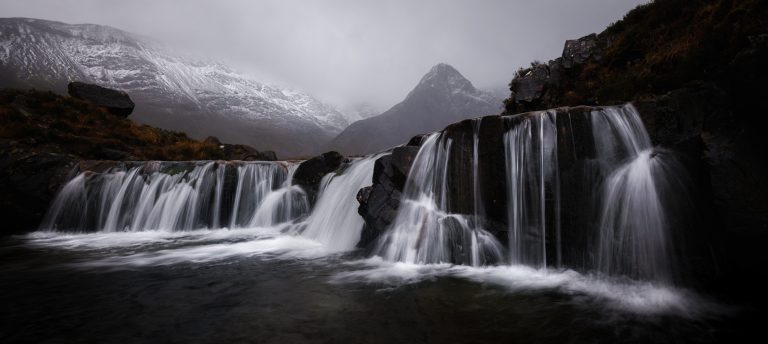Shetland Isles Photography Workshops & Tours
small group landscape & seascape workshops
Discover Scotland's most northernmost region of the UK
The islands lie about 50 miles (80 kilometres) to the northeast of Orkney, 110 mi (170 km) from mainland Scotland and 140 mi (220 km) west of Norway. They form part of the border between the Atlantic Ocean to the west and the North Sea to the east.
Photographing the Shetland Isles is a true delight for any photographer, offering endless opportunities to capture nature’s raw beauty. The dramatic coastline, with its rugged cliffs and secluded beaches, provides perfect compositions at every turn. The ever-changing weather creates dynamic lighting, from soft dawn mists to vibrant sunsets, adding depth and mood to your shots. Wildlife is abundant, with puffins, seals, and orcas often within frame, offering rare and captivating subjects. The Isles’ untouched landscapes, historic ruins, and vibrant wildflowers make every shot a chance to capture a piece of this magical, remote world.
Locations & Subjects you can Photograph
The UK's largest tombolo
We will visit the remarkable St Ninian’s Isle. Off the west coast of the southern mainland, a short walk from the car park will reveal this fantastic and photogenic stretch of sand. The beautiful curves provide leading lines regardless of which angle you photograph it from.
Small grassy dunes line the mainland side providing good foreground if desired.
It is certainly worth exploring the north and south of the sand before venturing onto it.
Esha Ness
The workshop is designed to provide a balance of visiting a variety of locations which will include seeing the wonderful cliffs and coastline at Esha Ness. It is a well known and popular location for photographers. But for good reason, it has so much to offer and will really provide so many opportunities to be creative in so many ways. It is a location that will continue to draw you back.
Lerwick
Lerwick is Shetland’s only town, with a population of about 7,500 – although about half of the islands’ 22,000 people live within 10 miles of the burgh. Founded as an unofficial marketplace to service 17th century Dutch herring fleets, Lerwick took a long time to grow. Because of its illegal status (and alleged immorality!) the straggling hamlet around the shore of Leir Wick (‘muddy bay’) was demolished by order of the Scalloway court in 1615 and 1625.
Most of the sandstone buildings on the waterfront date from the 18th century, although a few are older. The narrow main street still follows the old shoreline but modern harbour works have been built out in front of shops and warehouses that once stood in the sea.
The History
The Shetland Isles, located northeast of mainland Scotland, have a rich and varied history. Initially settled by Neolithic peoples, the islands later became home to Picts before being invaded by Norse Vikings in the 9th century. Under Norse control, Shetland thrived as a trading hub, eventually becoming part of the Kingdom of Norway. In 1469, the isles were ceded to Scotland as part of a dowry payment by the Danish king. Shetland’s culture remains distinct, blending Scottish and Norse influences, and the islands are renowned for their maritime heritage, particularly in fishing and knitting traditions.
Dramatic weather
Steeped in history, the Shetland Isles is a photographer’s paradise, a history lover’s dream and an iconic tourist destination for visitors the world over.
Expect to experience fast moving weather systems, which at times can be challenging and a real test of your technical abilities. The light will change throughout the day and you will learn to get the best out of it – this will help you not only be more productive, it can also foster creativity and make it easier to be more flexible when unexpected conditions happen in the future.
Wildlife and Nature
Shetland has a fascinating and unique natural environment. The location of the islands has contributed to the evolution of a truly ‘Shetlandic’ collection of scenery and geology, bird life, sea mammals, wild flowers and wonderful beaches.
Shetland is a world-class attraction for birdwatchers, whether professionals or absolute beginners. Ornithology is extremely popular across the islands and visitors with a pair of binoculars and a bird book are sure of a warm welcome.
Shetland is a brilliant place all year round to watch sea mammals, particularly common seals, grey seals, otters, harbour porpoises and, occasionally, orcas.
Discover the magic of the Shetland coast
These workshops are very relaxed which I hope will leave you feeling fulfilled and rewarded.
This small pocket of Scotland is a magical place and a place which offers the photographer so much creative opportunities. And once visited, this area will stay with you for the rest of your life. They are dominated by the force of the weather and are quite unique in appearance.. As a part of the “British” experience they are quite unique, and are much further from London and the centres of political power than can be measured in miles.
